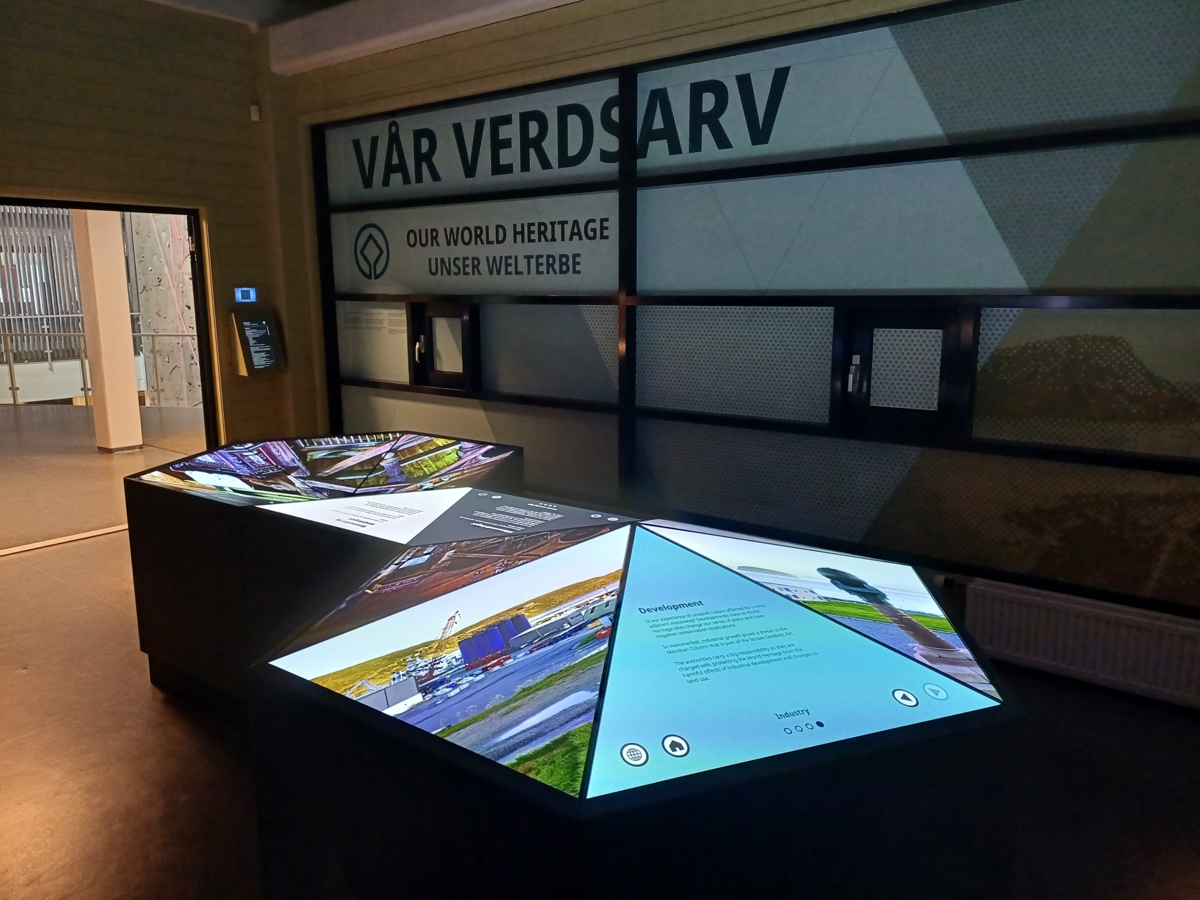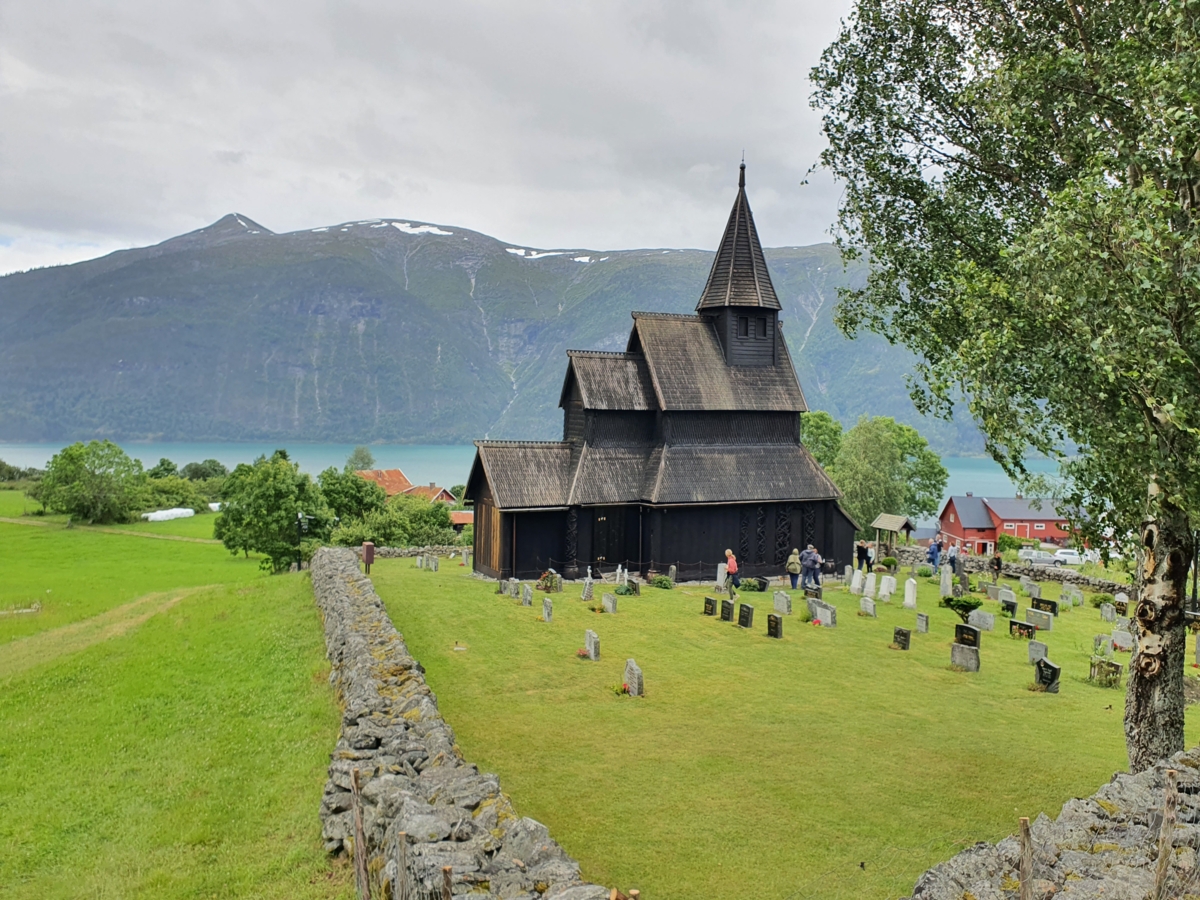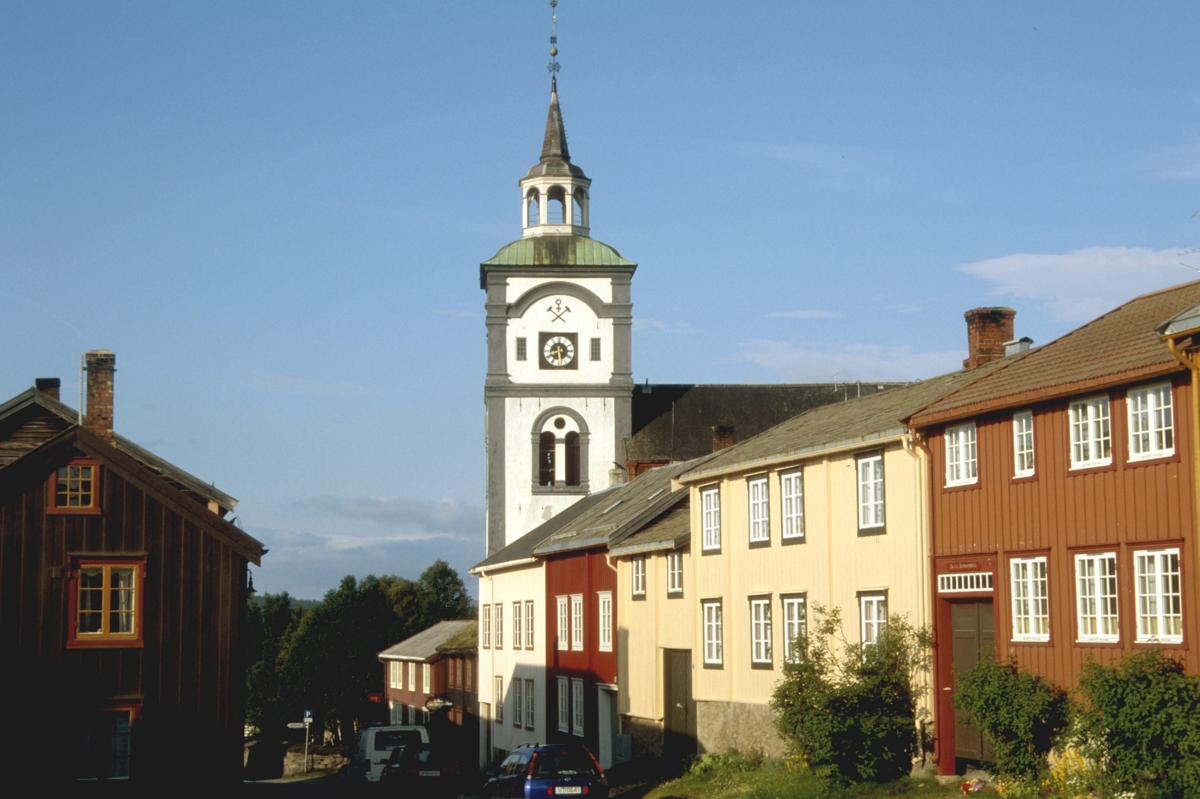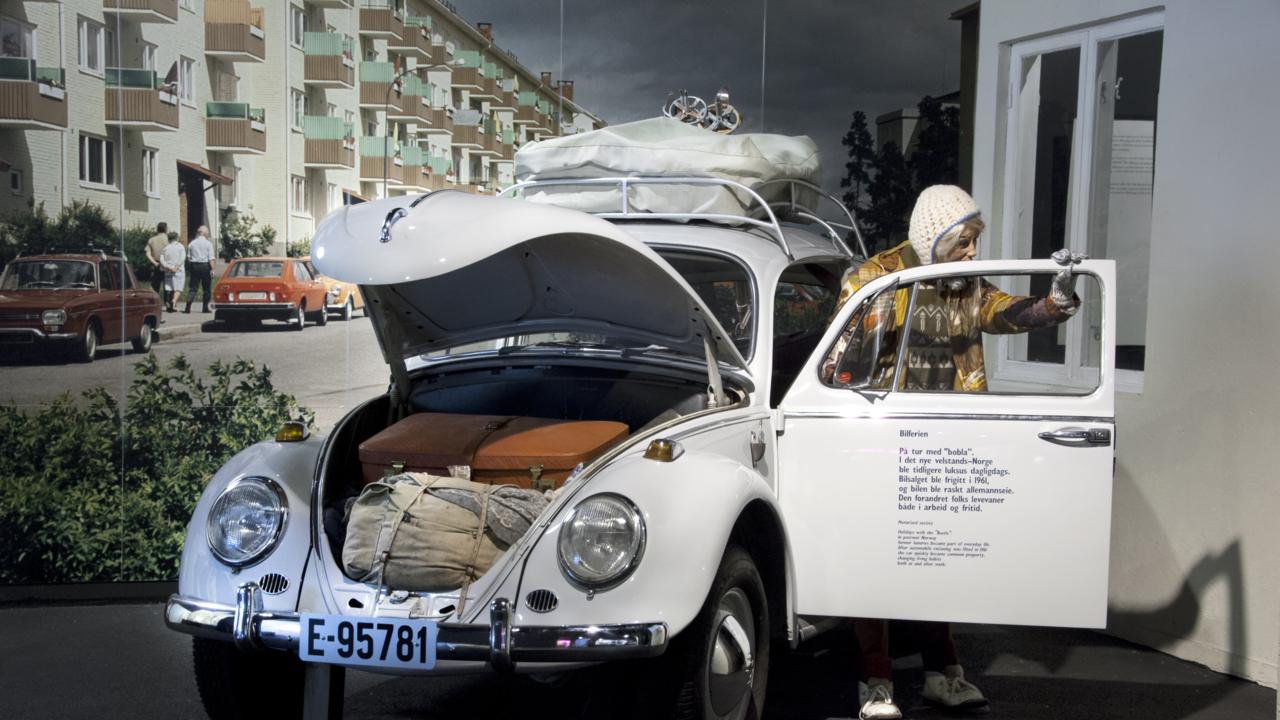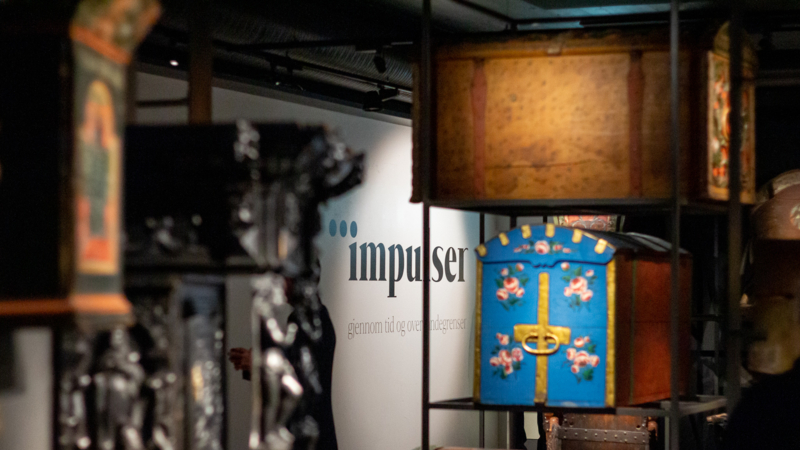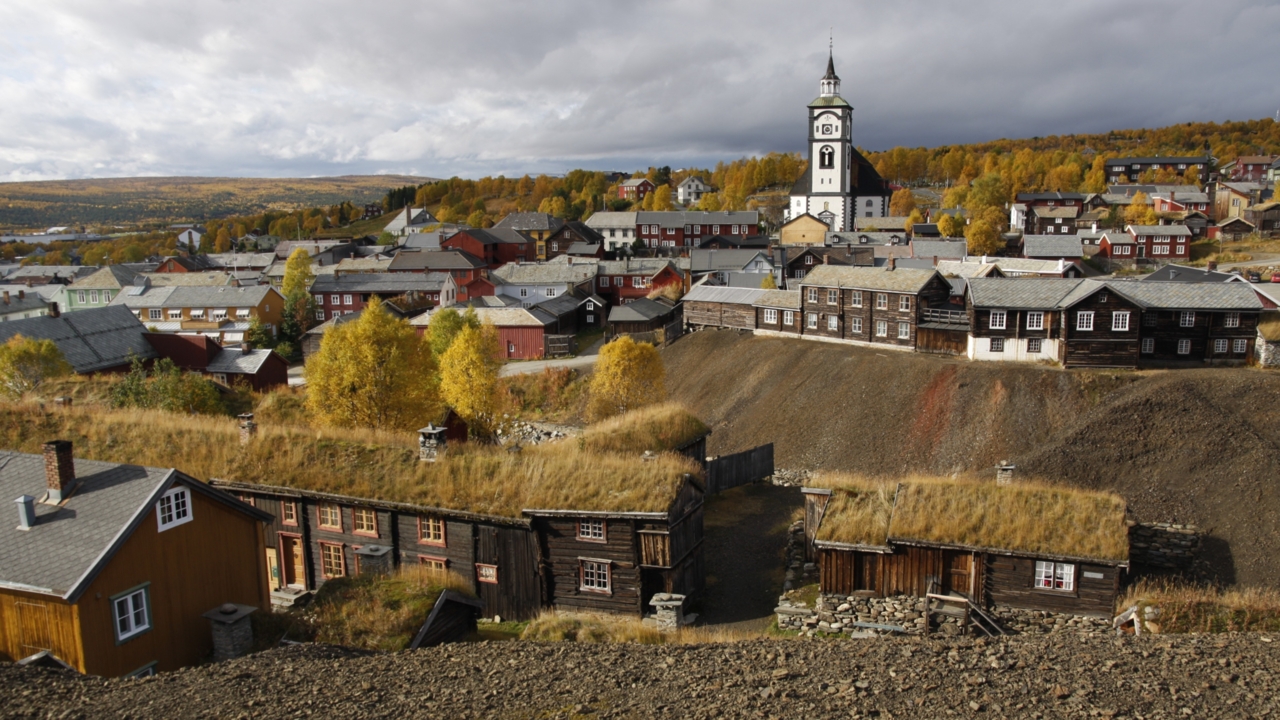
Photo: Ulf Ingemar Gustafsson / The Directorate for Cultural Heritage (Riksantikvaren)
Our World Heritage
From
29 August
All day
The exhibition aims to strengthen the communication and understanding of Norwegian world heritage, and to place it in connection with Norwegian history.
In Norway, eight sites are inscribed on the United Nations organization UNESCO’s World Heritage List: the Rock Art of Alta, Bryggen in Bergen, the Rjukan–Notodden Industrial Heritage Site, the Røros Mining Town and the Circumference, four station points of the Struve Geodetic Arc, Urnes Stave Church, the West Norwegian Fjords (Geirangerfjord and Nærøyfjord), and the Vega Archipelago.
The exhibition Our World Heritage provides information about the eight Norwegian world heritage sites. At the same time, visitors can embark on a grand journey to some of the world’s most important natural and cultural sites. The exhibition also tells the story of the World Heritage Convention from 1972.
The exhibition at Maihaugen is connected to the permanent historical exhibition We won the land. In addition, visitors can explore a separate display with special emphasis on the World Heritage site of Røros and its connection to Gudbrandsdalen.
333 years of mining on the Røros plateau created wealth for owners and the state, a livelihood for workers, and a cultural heritage for future generations.
In 1980, the mining town of Røros was inscribed on the World Heritage List for the first time. In 2010, the world heritage site was expanded to include the entire mining town of Røros and the Circumference.
UNESCO is the United Nations organization for education, science, culture and communication. In 1972, UNESCO adopted the Convention Concerning the Protection of the World Cultural and Natural Heritage, today best known as the World Heritage Convention.
The purpose of the World Heritage Convention is to identify and give special protection to cultural and natural heritage of significance to all humankind and to future generations – across national borders. In Norway, the Directorate for Cultural Heritage and the Norwegian Environment Agency are responsible for following up the convention.
The Ministry of Climate and Environment is behind the exhibition Our World Heritage. It is part of the communication efforts in the Norwegian World Heritage areas. For now, Maihaugen hosts the exhibition about the Mining Town of Røros and the Circumference. The exhibition is made possible in collaboration with MiST Røros Museum and the Directorate for Cultural Heritage.
At Maihaugen, the exhibition is placed as an extension of Slowly the Land Became Our Own, and opens on 29 August!

